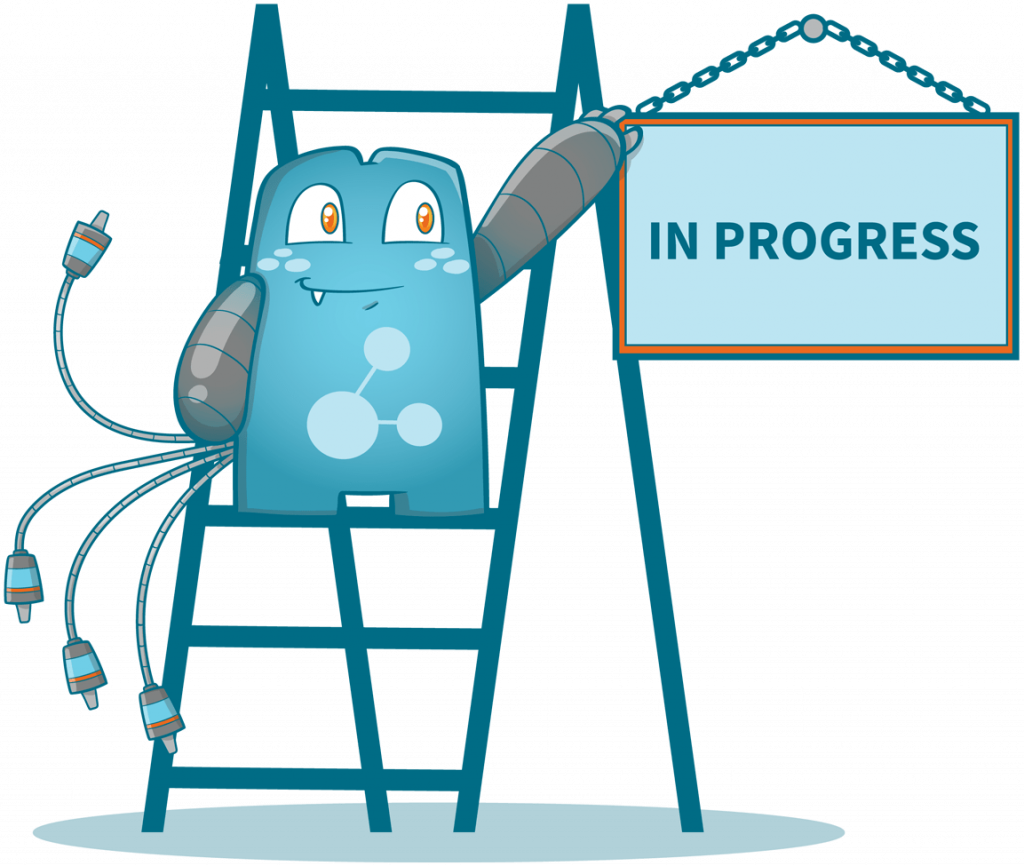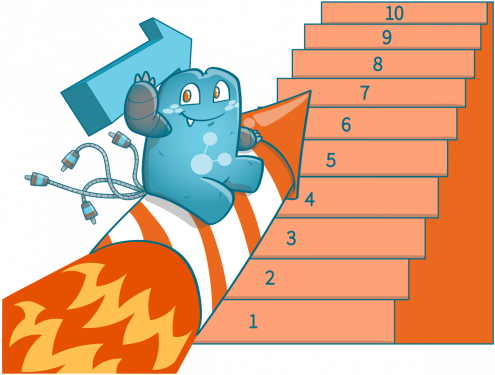Content Refresh: Do You Need it?

Publishing blog posts that rank high in organic search and drive quality traffic to a website is what content marketers aim for. However, once a post becomes top ranking, your competitors will start to reverse engineer it and put an effort to outrank it.
After some time, your competitors will find a way to outrank your content, and it will lose its value, and you’ll get less traffic for the keywords you’re ranking for. When your content’s rank deeps lower, it goes through a process marketers call “content decay.”
Here is where content refresh comes in. Read on to know more about content refresh and content decay.
Understanding Content Decay
Similar to links, your content can also lose the value it had at the beginning. Once content decay sets in, it means that the organic traffic through your content has been decreasing continuously for at least three consecutive months. Anything under the three-month period can be considered a natural change.
There are various reasons why content decay occurs, and the most common is increased competition. Every post on the internet will experience content decay at some point. It might take months or even years, but it will indeed happen at some point.
Identifying content decay in real-time is hard, but if you try to look at the bigger picture using performance metrics, you’ll be able to see which pieces of content have been performing poorly in the previous months.

Why Does Content Decay Happen?
- Increased Competition
More and more companies are now shifting to digital marketing to secure a spot in the online markets. And one way to do it is by providing relevant, valuable, and valuable content that will organic traffic to your website. As more content on the internet springs up, the harder it will be for you to rank for the keywords you’re targeting.
- Freshness Ranking Factor
The freshness of content you put up on your website is essential for Google when determining its ranking. Google expects to see the updated information, especially from websites that give off current events and frequently changing topics.
Google uses engagement on and off the page to determine the freshness factor of a piece of content. Suppose your content is already five years old, but it still receives backlinks and is constantly searched and shared across different platforms. Google will flag it as a good piece and consider its freshness a high factor high.
Remember, the freshness of content isn’t solely based on its published date. Usefulness, relevance, engagement, and credibility also play a role in determining the content’s score. So if your content lacks one or a couple of these factors, your content might be experiencing content decay.
- Loss of Engagement in the Topic
Look back into 2010 and think of the hot topics rising on the internet. Most of them are now forgotten. Some are still talked about until today, but that’s only a tiny fraction compared to those that no longer receive attention.
So, if your company wrote something about the top restaurants in Asia and you got a handful of traffic back then, that might not be the case today. As time went on, more restaurants emerged, and the ones you wrote about could have closed already, which means that your content might not be that reliable anymore.
When the popularity of content decreases, the traffic will probably go with it.
If, after performing a content audit, you find that increased competition or Google’s freshness factor is influencing the content decay of your content, a content refresh might just be an excellent option to fix that. However, if the reason is a loss of engagement in the topic, it might be harder to fix. It is difficult, but not impossible.
Spotting Content Decay
As said earlier, content decay happens over long periods, so identifying it is difficult. You’d have to spend some time and effort in Google Analytics together with other tools to find content that is decaying.
A good indication that content is experiencing decay is a history that shows a significant amount of organic traffic passed through it, but the traffic is much less for at least three months.
How to spot content decay
Content decay happens slowly, so identifying it can be difficult. To find it, you’ll need to spend some time in Google Analytics along with other tools. You will be looking for content that was previously getting a significant amount of organic traffic, but that organic traffic has declined for at least three months.
Finding the Reason for the Content Decay
If you aim to stop the decay of your content, you should try to find the reason behind it. Try using Google Search Console or other tools to determine the performance of your posts. If the
Once you see the performance for the past three months and find that a piece of content is decaying, it is time for you to take a deeper look into it and find the reasons why it is happening. Normally, if a significant drop occurred in the past three months, it is likely due to increased competition or a lack of freshness.
Here are questions that will help you determine the cause of content decay on your content:
- What edge does the top-ranking content have that your content doesn’t?
- Is the information more in-depth?
- Is the top-ranking content better?
- Does it contain references from the most recent research?
- How many websites link to the top-ranking content compared to yours?
- Does it have more engagement on social media platforms like Facebook, Pinterest, etc.?
If the drop isn’t that significant, it might just be that the keyword you used has lost its popularity. If this is the case, you just have to look for new keywords similar to the previous ones and incorporate them into your content.
After identifying the content with a drop in ranking for the previous three months, it is time to look at those whose ranking has been plummeting for the past twelve months to know which pieces of content have been decaying and losing value.
Repeat the process in looking for the reason why the decay is happening. It might be time-consuming, but pinpointing the decay in your site will help you create a solid strategy to address the issues.
Understanding why content decay has been happening on your site is vital to optimizing your website and driving more traffic into it. You might also spot content that hasn’t decayed yet but can use a boost.
Fixing Content Decay in Your Site and Incorporating Internal Links
One of the best solutions for content decay is through a content refresh. It is an easy process, but it needs excellent attention to detail and proper research and rewriting of your content. You need to treat every content refresh as a new piece.
Here are two steps you can do to ensure that your refresh is successful:
- Update Your Content
- Research
Updating your content should be the first step in performing a content refresh. In a refresh, you’ll want to do thorough research on your topic. The information you get from researching should be updated or at least a couple of months old only.
- Use Internal Links
After updating the information on your content, you’d have to look for content on your website that receives a lot of traffic and is relevant to the content you’re refreshing. This way, you can put the refreshed content into a location where a lot of engagement from visitors is present.
- Link to Newer Content
If you’re refreshing content, chances are it has been published a couple of months ago, or even years. The sites you linked to at that time may have decayed just like your content has decayed. That is why you need to look for newer external content with updated information.
- Optimize Your Keywords, Meta Title, and Meta Description
Similar to content, your links might also be outdated. The keywords you initially used when you published your content may not be just as relevant as it was before. Make sure that your content is targeting the relevant keywords.
You also need to include keywords in your meta titles and meta descriptions to ensure that you get the most out of keywords and meta titles and descriptions. Plus, these can improve the clickability of your links.
- Add Headers with Relevant Keywords
Ensure that you incorporate relevant keywords into your H1, H2, and H3 headers.
- Fix Broken Links
Links break, and when this happens, it means that the content you’re linking to has been deleted or moved. Find broken links throughout your content and update or remove them. But, it is always best to look for existing content relevant to the content you’re refreshing.
- Promote It
Once you’ve updated and optimized your content, it is time to promote your content. You can enable it on social media or resent it to your email list. You can also start a new backlink campaign for your refreshed content to drive more quality traffic into your content.

Improve Your Site’s Health through Content Refresh
The primary goal of a content refresh is to drive organic traffic back to the content that has lost its authority. Through appropriate content refreshing, you can improve your site’s traffic (and even get more!) and at the same time give visitors updated and more helpful information. Get Internal Link Juicer now to manage all your internal links!






